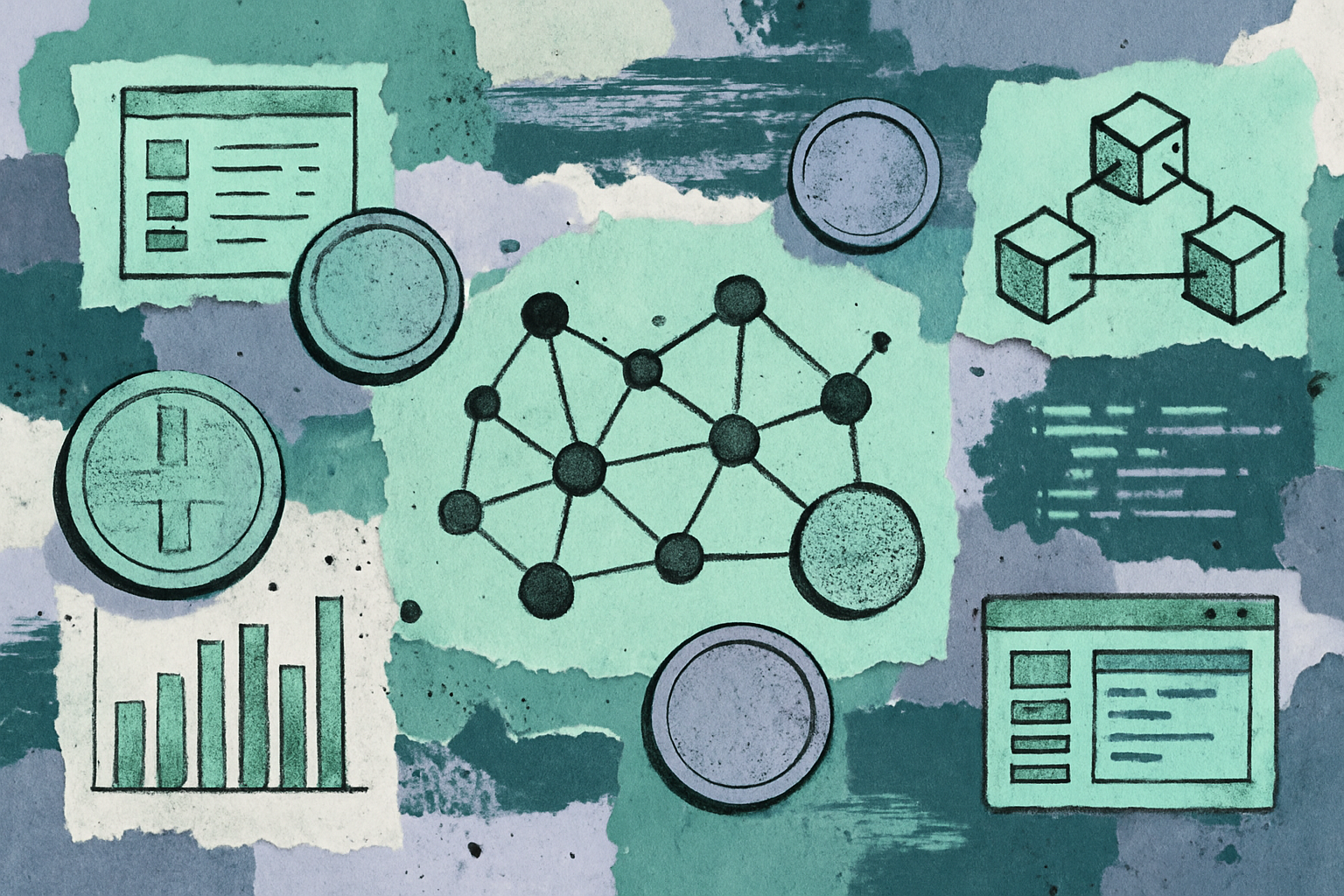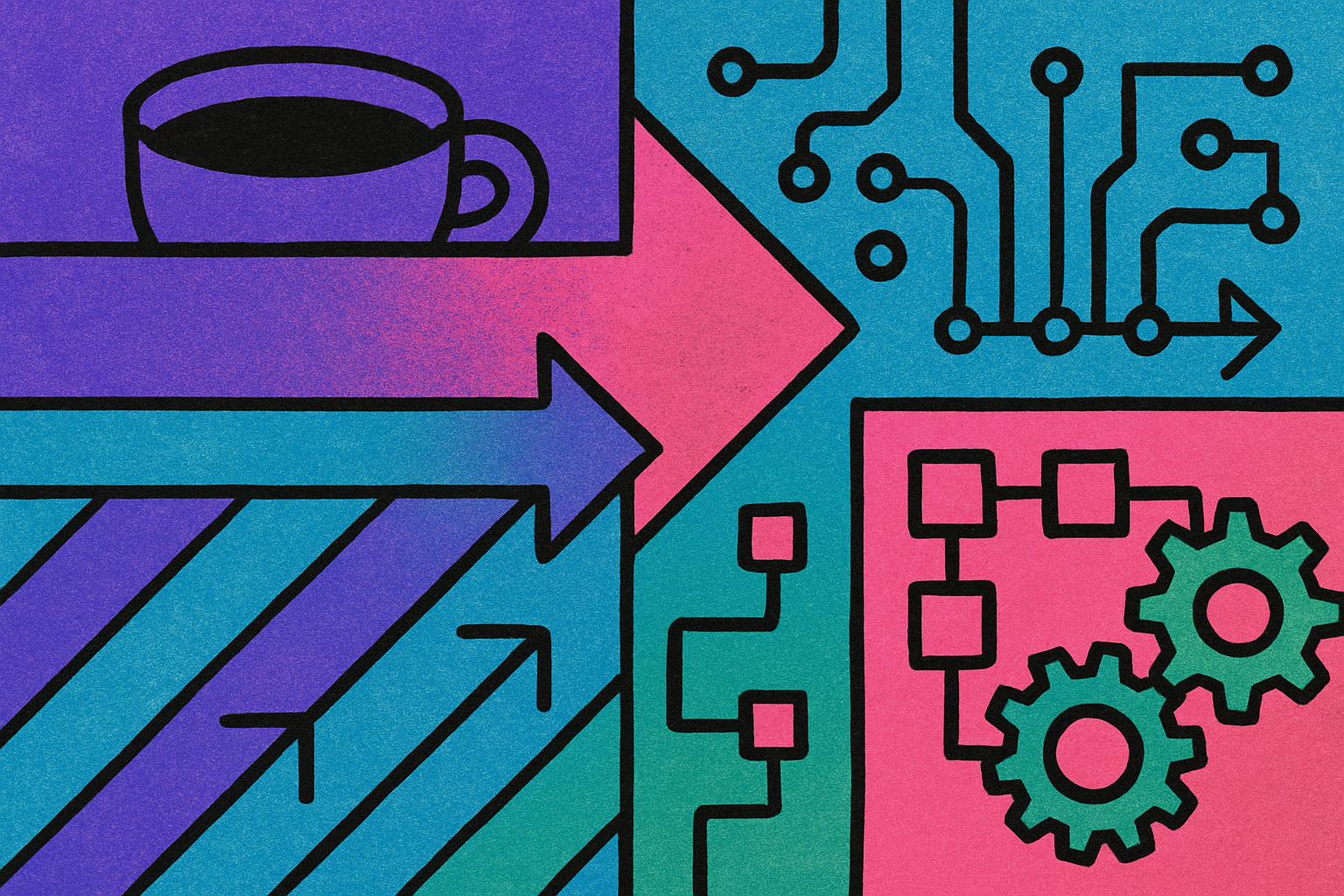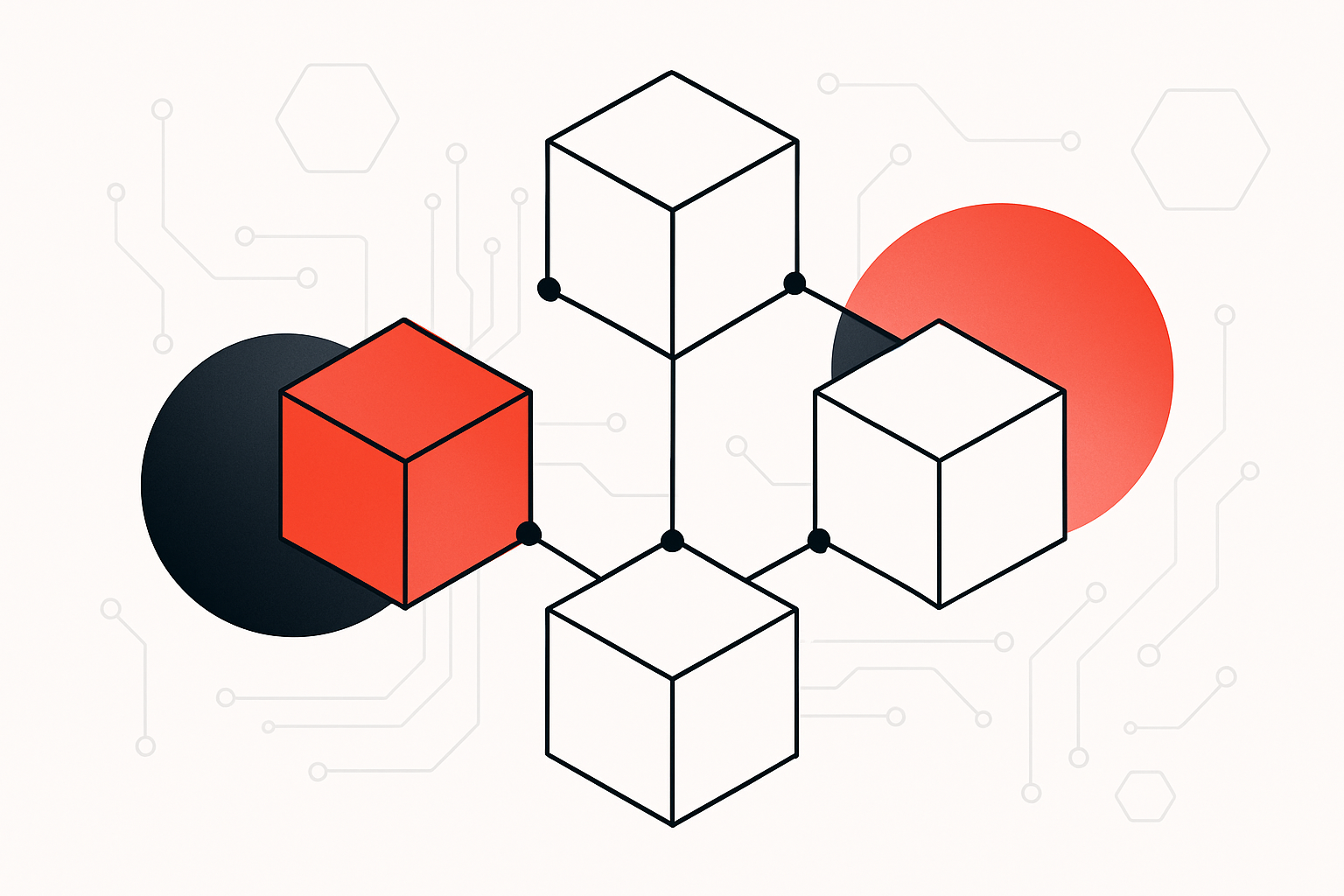
Imagine a world where every OP Stack rollup in the Superchain can coordinate transactions securely, instantly, and without relying on a single centralized gatekeeper. That’s not just a distant vision, it’s the reality shared sequencer networks are rapidly building in 2025. As modular rollups surge in popularity, the need for robust, decentralized sequencing has become the next battleground for blockchain scalability and trust.

Why Centralized Sequencers Became a Bottleneck
Let’s rewind: In the early days of Layer 2 scaling, most rollups, including those built on the OP Stack, relied on centralized sequencers to order transactions. The logic was simple: one trusted party could keep things fast and organized. But as adoption grew and billions flowed through these systems, cracks began to show:
- Single Point of Failure: If a sequencer went down or misbehaved, entire rollups could stall or be censored.
- Censorship Risk: Centralized control meant that unpopular or adversarial transactions could be excluded from blocks.
- Poor Interoperability: Each rollup’s isolated sequencer made seamless cross-chain communication clunky and slow.
This isn’t just theoretical; real-world incidents have exposed how fragile L2 ecosystems can be when sequencing power is concentrated. The result? A wave of innovation aimed at decentralizing this vital layer, and shared sequencers are leading the charge.
The Rise of Shared Sequencer Networks in the OP Stack
Shared sequencer networks flip the script by distributing transaction ordering across many independent nodes, often spanning multiple rollups at once. In the context of Optimism’s Superchain vision, this means every OP Stack chain can plug into a common sequencing layer that’s resilient, censorship-resistant, and optimized for interoperability.
The technical magic here is composability: shared sequencers like EspressoSys and Astria enable atomic cross-rollup trades, instant bridging, and unified blockspace markets. Instead of each OP Chain competing for attention (and liquidity), they collaborate through a decentralized backbone that guarantees fair ordering, no single entity can manipulate outcomes or extract unfair MEV (Maximal Extractable Value).
This architecture unlocks:
- Liveness Guarantees: Even if some nodes fail or act maliciously, honest participants keep blocks flowing.
- Censorship Resistance: No operator can unilaterally block transactions, they must follow consensus rules enforced by the network.
- Smoother User Experience: Cross-chain swaps and dApp interactions become near-instantaneous since all connected rollups share a common source of truth.
Pioneers Shaping Decentralized Rollup Sequencing
The race to build production-grade shared sequencers is heating up across multiple projects. Here are some leaders making waves in the OP Stack ecosystem:
- NodeKit SEQ: By integrating shared sequencing into a custom Layer 1 blockchain, NodeKit aims to make launching new rollups as easy as spinning up an app server, while preserving security and cross-rollup composability.
- Astria: Their decentralized network offers rapid finality and strong censorship resistance tailored for modular rollup frameworks like OP Stack.
- EspressoSys: Known for its Fair Ordering Protocol, Espresso supports everything from optimistic to ZK-based stacks, providing flexible infrastructure for diverse L2 needs.
This shift isn’t just about technology; it’s about aligning incentives across chains so that everyone benefits from greater decentralization and seamless interoperability. As more Superchain projects embrace these solutions, expect composability between dApps on different OP Chains to feel as smooth as using apps within a single ecosystem, a true leap forward for blockchain usability and security.
What’s especially exciting is how these shared sequencer networks are breaking down silos and creating a unified economic zone for the entire Superchain. Instead of fragmented liquidity and isolated bridges, we’re entering an era where assets, data, and even complex smart contract calls can flow atomically across OP Stack rollups. This is composability at scale, and it’s already reshaping developer incentives and user expectations.
Top 3 Benefits of Decentralized Shared Sequencer Networks
-
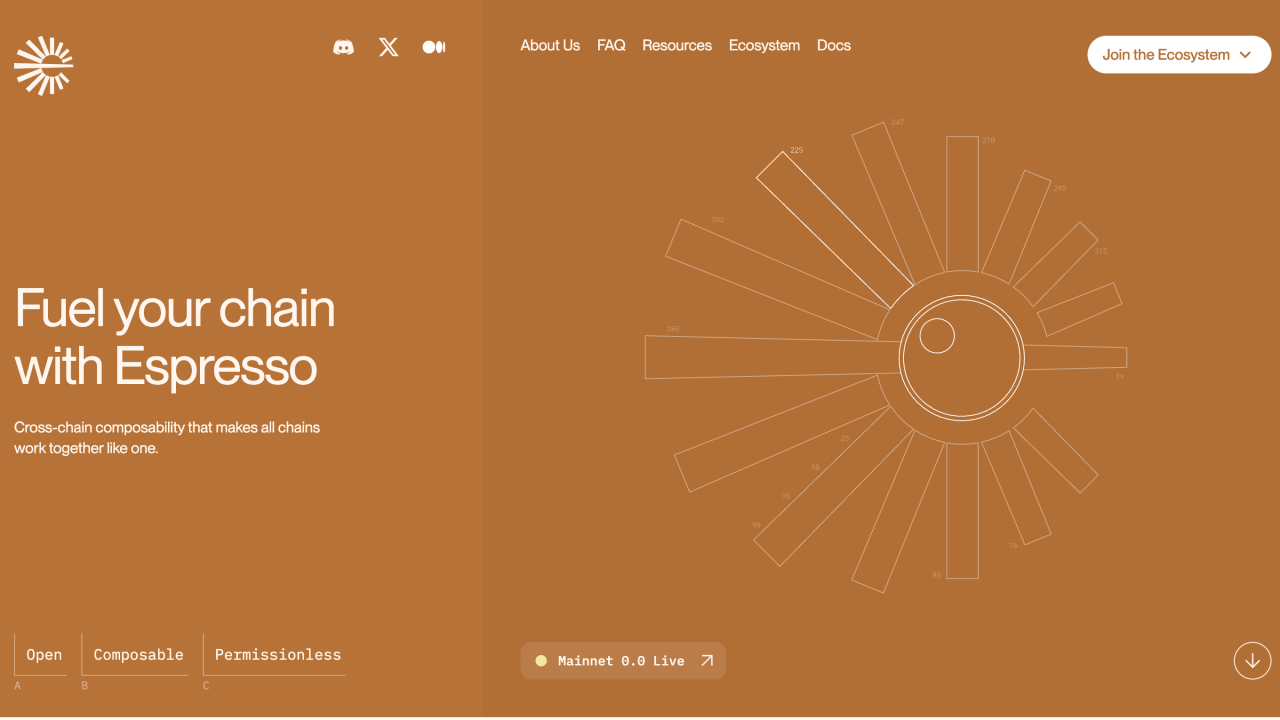
1. Enhanced Decentralization & SecurityShared sequencer networks like Espresso and Astria distribute transaction ordering across multiple independent entities, eliminating single points of failure and minimizing censorship risks. This robust decentralization boosts the overall security and trustworthiness of OP Stack rollups.
-
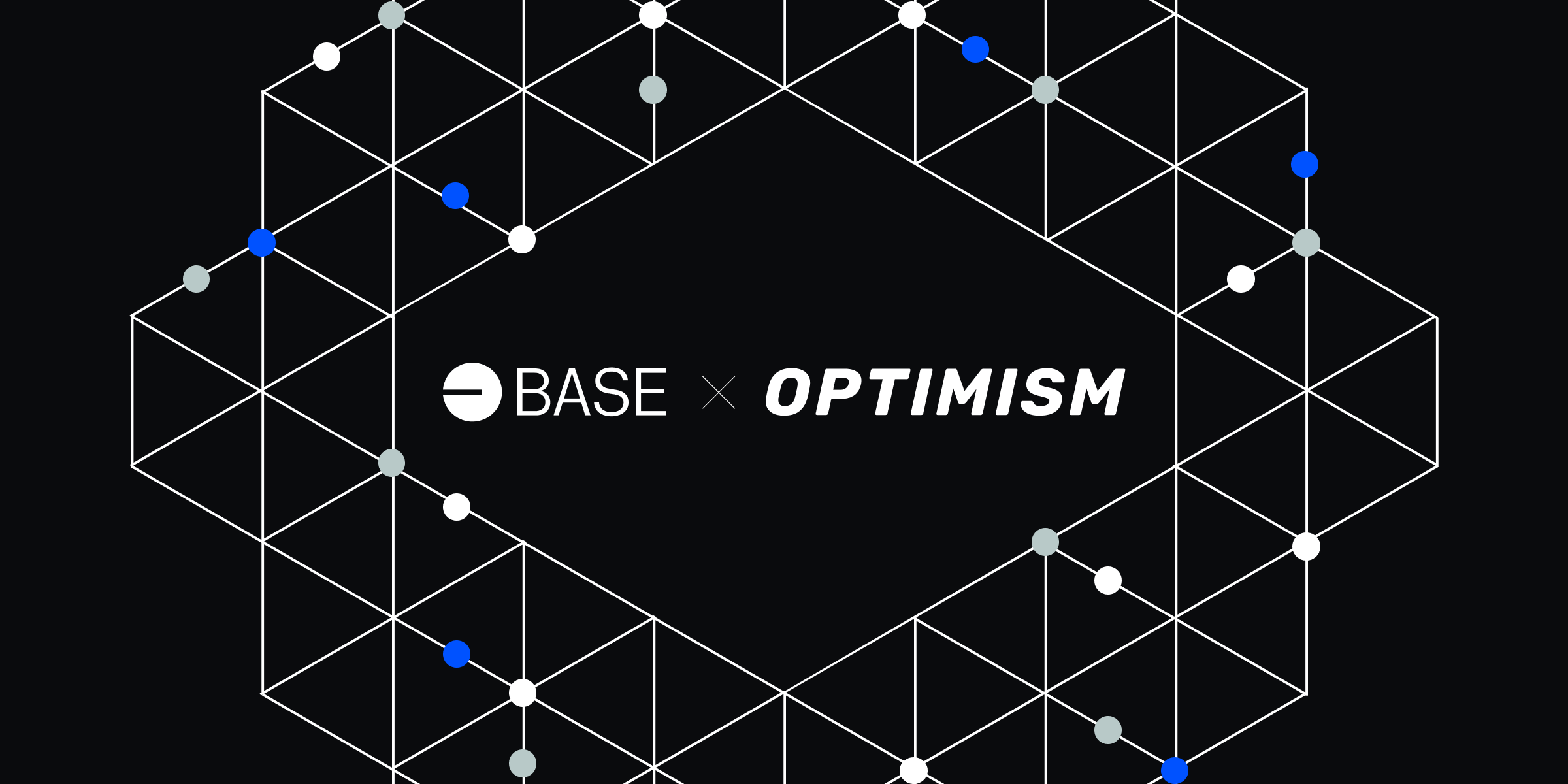
2. Seamless Interoperability Across RollupsBy coordinating transaction ordering for all OP Stack rollups, shared sequencers enable fast, atomic cross-chain transactions within the Superchain. This unified sequencing layer makes moving assets and data between different OP Chains frictionless and efficient.
-

3. Improved Composability & User ExperienceShared sequencer solutions such as NodeKit SEQ allow developers to build dApps that interact with multiple rollups in a single transaction. This composability unlocks new use cases and delivers a smoother, more integrated experience for both users and builders.
Let’s zoom in on the impact: projects like NodeKit SEQ are making it possible to launch new OP Stack rollups that inherit strong security guarantees from day one. Meanwhile, Astria’s approach to censorship resistance is inspiring a new wave of permissionless DeFi protocols that simply wouldn’t have been feasible under a centralized sequencer regime. And then there’s EspressoSys, whose fair ordering protocol is leveling the playing field for smaller dApps and chains, no more getting front-run by whales or insiders.
The new paradigm also means users don’t have to worry about which chain they’re on; your wallet, your app, your trade just works, instantly and trustlessly, across the entire Superchain. That’s a massive UX upgrade, but it also unlocks new business models for developers who can now build cross-rollup protocols without negotiating bespoke bridge integrations or liquidity deals.
Challenges Ahead, and What to Watch Next
Of course, this transformation isn’t without its growing pains. Shared sequencer networks must grapple with:
- Consensus Complexity: Achieving fast finality across multiple chains without sacrificing decentralization remains an open engineering challenge.
- MEV Management: Preventing value extraction while ensuring fair transaction ordering is an ongoing arms race between protocol designers and sophisticated traders.
- Ecosystem Coordination: Getting dozens (or hundreds) of OP Stack rollups to agree on shared standards for sequencing, settlement, and dispute resolution takes time, and a lot of governance innovation.
The good news? The pace of experimentation is electric. Every month brings fresh ideas around modular sequencing layers, cross-chain atomicity, and even decentralized marketplaces for blockspace itself. If you want to see how these trends are converging in real time, check out our deep dive on how Espresso-style shared sequencers are driving cross-rollup composability in the Superchain.
The bottom line? Shared sequencer networks aren’t just patching up old problems, they’re redefining what’s possible in permissionless blockchain infrastructure. As we head into 2026, expect even more radical experiments in decentralized rollup sequencing to emerge, from programmable MEV auctions to fully autonomous block production governed by DAOs.
If you’re building or investing in the OP Stack ecosystem, or just want to understand where blockchain scalability is headed next, now’s the time to pay attention. The age of centralized sequencers is ending; the era of collaborative, resilient Superchains has only just begun.


